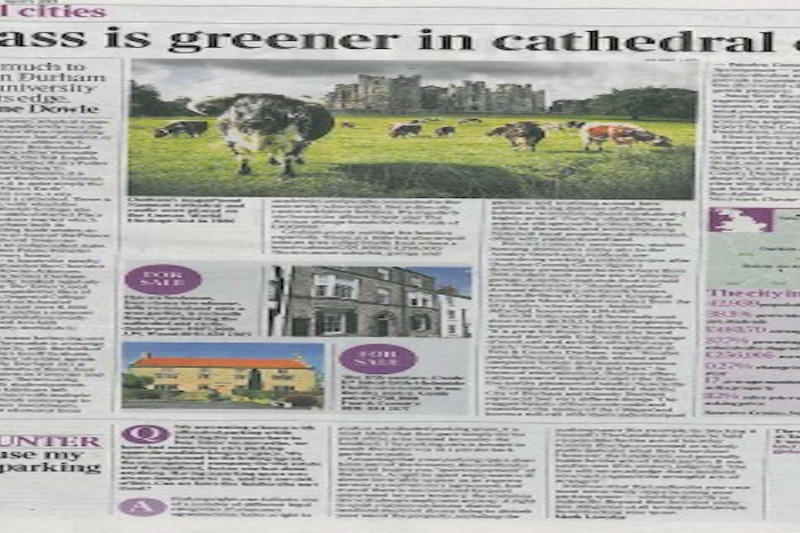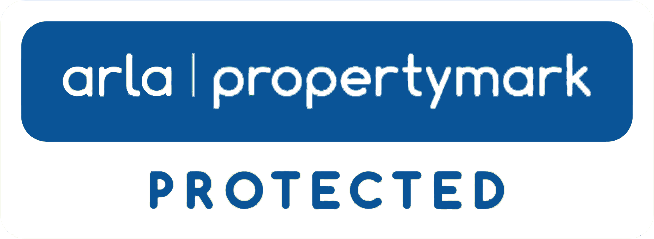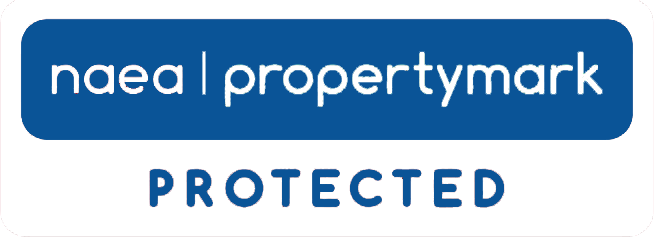
Article published in The Times supplement 'Bricks & Mortar'
So, what does this mean for buying and selling property? \"The market is a strange animal in many respects, with the bulk of it student-driven,\" says Geoff Graham, joint managing director at estate agents JW Wood. \"Typically, Durham city is made up of parallel streets of three, four and five-bed student lets in Victorian and Edwardian properties. There is a big, regular turnover with student parents selling on after their kids have left university, lots of owners with multiple properties, and landlords coming up to retirement selling their investments. \"We also have a lot of interest from academics and people connected ot the university who want to live in the city centre with their families. We regularly see houses in Albert Street and the The Avenue change hands for either side of £400,000.\"
Geoff points out that for families especially \"there is a little bit of overspill into an area called North End, where a semi is about £225,000 to £250,000. There is more suburbia, garage and gardens, and anything around here within walking distance of Durham Johnston secondary school is (relatively) highly priced.\" Further afield there are popular villages such as Shincliffe, a few miles to the south, and some imposing historical rural properties dotted around, often with paddocks and land.
Around the fringes are family homes, such as Bellway's Crawshaw Grange at Crossgate Moor, about two miles from the city centre, where a four-bedroom detached house costs £394,995.
When it comes to new homes, student housing dominates in the city. In the Ainsley Street area, residents are considering seeking a judicial review after Durham County Council gave a developer permission to erect more than 200 student units on the site of a former garage, despite complatins that it would turn the area in to a '\"student ghetto\".








